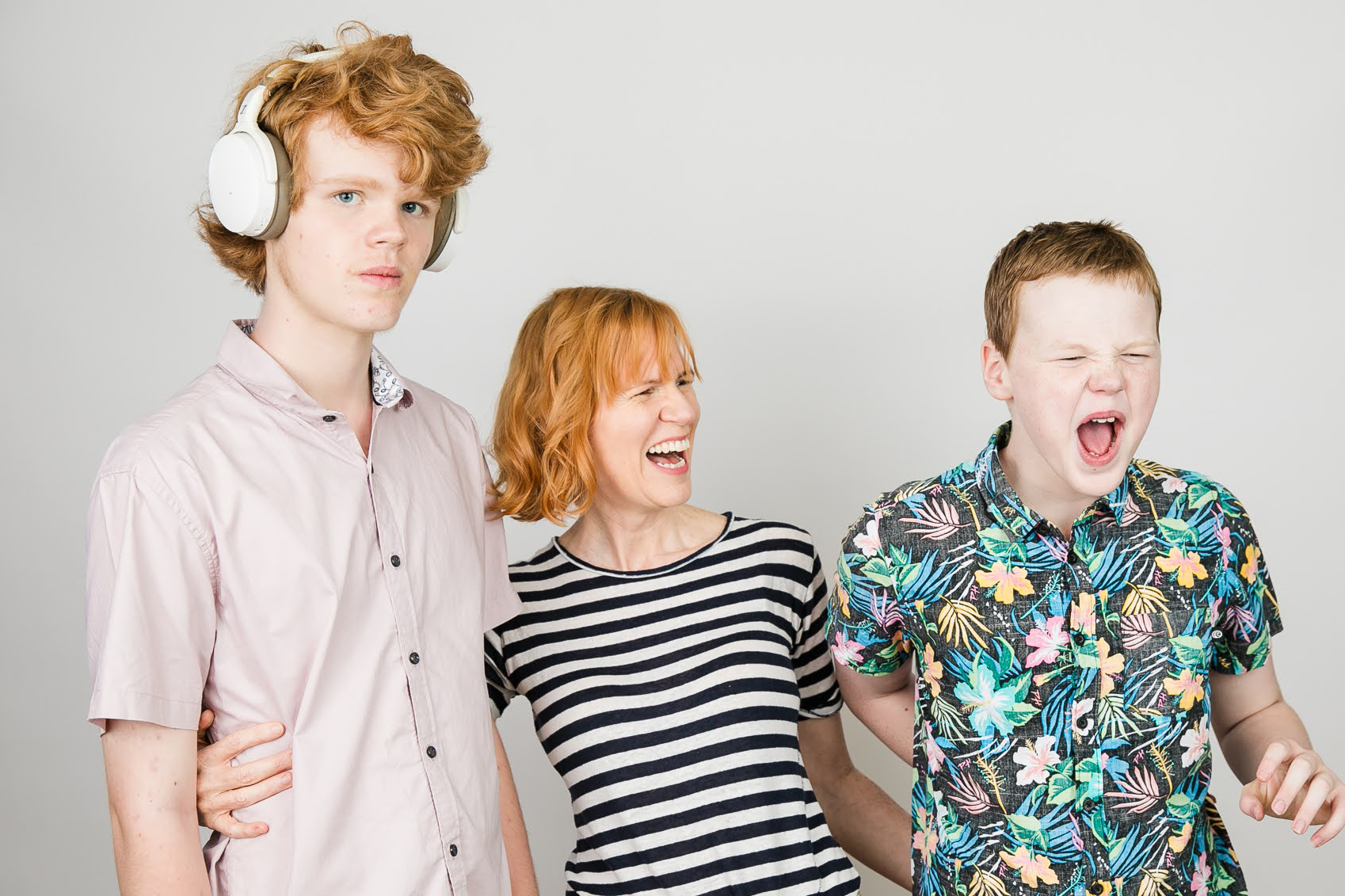The five senses: under or over reactions

Touch, taste, sound, sight and smell are the five senses we are all familiar with.
Many children do not like loud noises and spit out food they don’t like the taste of.
Children with autism very commonly take this a step further, finding some sensory inputs completely unbearable. You might have seen children with their hands over their ears or wearing headphones to block out sound.
Other children may be the opposite, seeking sensory stimulation, like throwing themselves around on trampolines or wanting to be squeezed very tight.
Some children may like to look at objects out of the corner of their eyes. My son loved to see his reflection in mirrors and windows and could spend literally hours moving and staring at his reflection.
Many children on the spectrum just cannot bear the taste of some foods, and they may also dislike having different textures in their mouths, avoiding soft foods or crunchy foods. Conversely, others may insist on only have crispy crunchy foods.
Having either under or over reactions to sensory stimulation is seen in a very high proportion of children on the spectrum. And just to keep us on our toes, children may be over-reactive to one sensory input and under reactive to others. A child may hate to be hugged but love to hear loud crashing noises.
My son used to love stroking silky material. This became very distracting on the soccer field as he was transfixed by stroking his slippery shirt. He clearly loved to touch things, yet he seemed to feel no pain at all.
The two other senses
As well as the commonly known five senses, we also talk about two other senses which are less widely known.
Vestibular sense means the perception of our body in relation to gravity and how we move and balance. A child who spins around and never feels dizzy seems to be under-reactive, whereas one who gets carsick may be over-reactive.
The proprioceptive sense helps us know where our body parts are in relation to each other and in space. Children may not be able to grasp things firmly and may find it hard to dress. Or they may love the feeling of being squeezed and may love to bang themselves hard against objects (ideally soft ones like sofas and beds.)
Sensory issues and diagnosis
The best-known diagnostic criteria are those in the Diagnostic and Statistical Manual of Mental Disorders (DSM). Part of this criteria is the presence of ‘Restricted, repetitive patterns of behaviour, interests, or activities’. Under DSM-5, being hyper- (over) or hypo- (under) reactive to sensory input, or having unusual interests in sensory aspects of the environment, is now listed as one of the possible behaviours needed for an autism diagnosis.
Having an assessment for sensory issues as part of an overall ASD assessment is often very helpful to families.
How sensory sensitivities affect behaviour
The child who experiences a meltdown in the supermarket may feel blinded by the flickering fluorescent lights. The noise of other shoppers and their trolleys may be overwhelming too.
A child who is refusing food and throwing plates around may feel they will vomit if they try to eat it.
A child screaming in the garden may find the scent of a flower unbearable.
The child who runs away at the beach may find the sensation of sand on their feet painful.
What looks like hyperactivity may simply be a child trying to work out where their body is and how to manage their movements. Very often what looks like bad behaviour can be a fairly logical response to feeling overwhelmed.
Sensory sensitivities can impact learning and socialising in many ways too. The child who shies away from other children may just find them too noisy. The child who continually leaves the table may be seeking movement to calm him or herself.
Treating sensory sensitivities
Occupational therapists are generally the best professionals to help with managing sensory processing issues. They can assist with adjusting a child’s environment to help them feel more comfortable and confident.
Sensory integration therapy can also be used to try to treat the causes of over and under sensitivity. This may mean brushing to help with touch issues and various exercises to address vestibular and proprioceptive problems.
To conclude
Sensory sensitivities are found to some degree in almost every person on the spectrum. Helping your child to manage their own combination of these can benefit learning, socialising and behaviour. Some sensory challenges can be overcome, others may need to be managed for a lifetime.
And my son? He is no longer hyperactive, far from it, he’s quite a couch potato these days. He does still like looking at himself in the mirror though and will still gaze at his movements in reflective surfaces like windows. And he does love being hugged.
Written by Seana Smith, author and mum to a 23yr old young man on the spectrum.
Can be found swimming at www.swimtheworldtravel.com.






